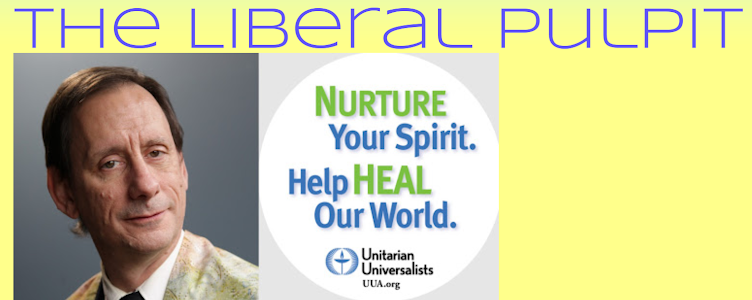The Mindfulness Fad, part 1
 |
| Knees down, y'all. If you're not able to let your knees rest on the ground, just use a chair. |
- Mindfulness in our schools: how it can increase our children’s attention and kindness.
- Mindfulness in our hospitals and doctors’ offices: how it can improve our health and our healthcare system.
- Mindfulness in our military, police, and firefighters: how it can improve performance and build resiliency for the military and first responders – and how, later on, mindfulness is the path for coming to terms with PTSD.
- Mindfulness in the workplace: how it can help us rediscover our values and reshape our economy.
 |
| Much better. |
Then a couple years ago, Time magazine had a cover story on "The Mindfulness Revolution."
Things called meditation studios have started opening up. There’s a company called MNDFL -- which is “mindful” without the vowels because, I don’t know, vowels are so not in the present moment. With studios in Brooklyn’s Williamsburg and Manhattan’s Greenwich Village, and Upper East Side, they bill themselves as New York’s premier meditation studio. They got a nice article in Vogue, titled, “Introducing Manhattan’s Must-Visit Meditation Studio.” Classes are 30, 45 and 60 minutes, and start at $10. When classes are not in session, the studio is open for self-guided practice.
What’s all the hype about? Mindfulness has two aspects:
- bringing attention to immediate experience – particularly, noting mental events as they happen.
- being open, curious, and accepting of whatever it is that you’re noticing.
Mindful used to mean, “bearing in mind,” – as in remembering. Someone who was mindful of their duties was remembering their duty – not forgetting it. If you were mindful of a slippery surface, you were remembering and keeping in mind that the surface was slippery.
Then in 1881, Thomas William Rhys David produced some translations of Buddhist scriptures, and he translated the Pali word sati as “mindfulness.” Perhaps a better translation of sati would be recognizing reality. Alternative translations include remembering the present, paying attention, being present. According to the Buddha, sati is one of the seven factors of enlightenment. (The other six, by the way, are investigation, determination, joy, tranquility, concentration, and equanimity.)
But it was Jon Kabat-Zinn, a century later, who took Rhys David’s word “mindfulness” and made it into a mass phenomenon. He did it by stripping away anything that smelled religious. By “smell religious,” I don’t mean a certain kind of belief. After all, believing, as Marxists do, that conflicts between employee and employer are the central driving force of iron laws of history that will necessarily eventually lead to government control of the means of production is roughly the same type of belief as that the second coming of Christ is imminent. Believing, as Freudians do, in Oedipus complexes is the same category of belief as believing in original sin. Believing, as Jeremy Bentham did, that one should always act to produce the greatest happiness for the greatest number is the same kind of belief as believing one should adhere to the Ten Commandments. It’s not the kind of belief propounded that accounts for St. Paul, Mohammad, and Gotama being founders of religions while Marx, Freud, and Bentham are not. Rather it’s the other features typically found in what we recognize as religion:
- priests or monks with distinctive robes;
- special meeting places, usually architecturally distinctive, with a distinctive name like temple, church, mosque, or vihara, inside which are material symbols – altars and crucifixes or Torah scrolls or Buddha statues – or chalices;
- unison practices like hymn singing or unison reading or chanting from sutras;
- congregational community – which other forms of spiritual development like yoga classes or meeting with a spiritual director do not;
- a distinctive economics: there’s no admission price for worship, or fee for classes, but rather a donation-based economics;
- generally presumed exclusivity. While it is conceptually possible for one person to be both Christian and Buddhist, say – or both Unitarian Universalist and any other major world religion -- the general presumption is that, when it comes to religion, you choose just one, and it becomes a part of your identity. By contrast, the practices and teachings of cognitive behavioral therapy, or yoga, or marathon running, or wine connoisseurship, or Beyoncé fandom don’t imply not being anything else.
Next: Why was this necessary?
* * *
This is part 1 of 3 of "The Mindfulness Fad"
See also
Part 2: Mindfulness Goes Secular
Part 3: The Truth Behind the Fad

No comments:
Post a Comment